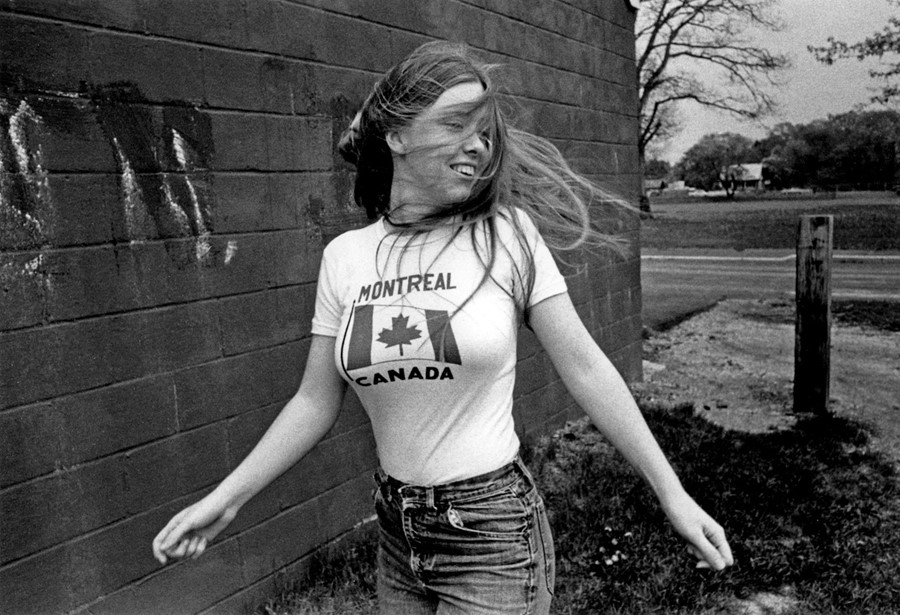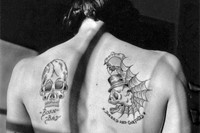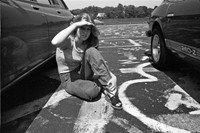As his new box of prints is released, Joseph Szabo talks about creating one of the foremost photography archives of American youth from 1972 to 1999
By the early 1970s, the halcyon days of hippie life had begun to fade, and in their place, the ‘Me’ generation began to come of age in suburban enclaves dotted all across the United States. While The Brady Bunch projected a wholesome image of the blended family as a new American Dream, times had changed. Photographer Joseph Szabo immediately noticed the generation gap when he began teaching art at Malverne High School, a predominantly white suburb of Long Island just outside New York City.
“Kids would come to school wearing farmer jeans and flannel shirts, everything, extremely relaxed. In my previous teaching positions, I had to wear a suit and a tie all the time, so I was sort of thrown,” Szabo remembers. “This was a time when there were a lot of drugs around. It seemed to me kids weren’t really interested in education and I thought: ‘I’m not going to last in Malverne.’”
Then inspiration hit: why not bring a camera to school? In that simple act of seeing and being seen, Szabo bridged the divide, creating a moment of mutual recognition between himself and the students. “For a teacher to really know their subject, it’s not enough to get a Master’s degree. What really counts is your personal relationships,” he says. “I was paying attention to them as individuals, not just as students sitting behind a desk. I realised it was important to be inclusive of everybody, not just the smart, gifted and good-looking kids.”
While visiting with art director Aude Delerue in 2013, Szabo came upon yellow box bearing the simple label “teens unpublished.” Inside lay a selection of works capturing the timeless glamour, insouciance, awkwardness, innocence, and knowing of youth. Inspired by this rediscovery, Delerue, partner Patrick Roppel and Szabo have come together once again to bring the works together to create Teens Unpublished (Amusement Parking), a small wooden Japanese box of 21 prints that evokes the nostalgic pleasures of the printed object.
Noticing how photography resonated with the kids who weren’t particularly interested in school, Szabo forged ahead, setting up a photography club and darkroom to teach students all they needed to know to make and print their own work. “I would say, ‘Let’s try it this way,’ and show them how it would be done. They would catch on quickly, and that’s one reason they kept taking photography year after year,” he says. “I remember one girl saying to me, ‘Mr Szabo, you don’t treat us like kids. You treat us like adults.’”
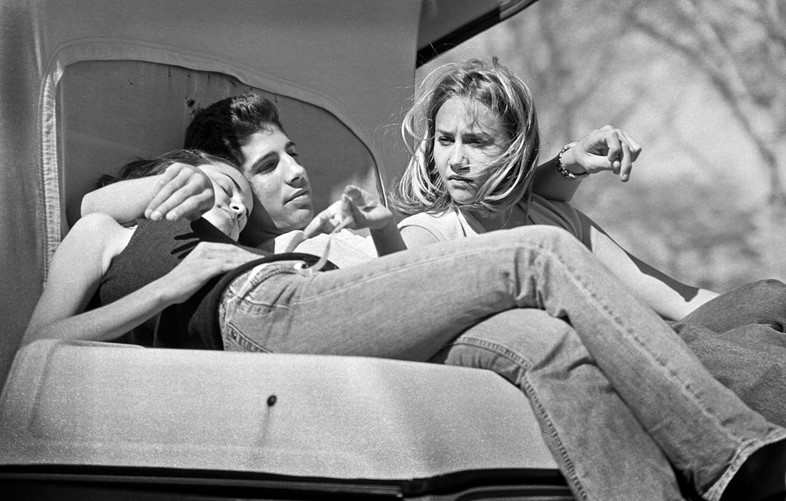
Szabo also connected with the yearbook and carried his camera everywhere, openly welcomed by all he encountered along the way. Taking inspiration from legendary street photographers Henri Cartier-Bresson and Helen Levitt, Szabo approached the yearbook photo as a work of art, capturing the decisive moments of American adolescence with a romantic, rock ‘n’ roll charm. “At the same time, I was taking courses at the International Centre of Photography and I realised that this was going to be my long-term project as an artist,” says Szabo, who did just this. From 1972 to 1999, he created one of the foremost photography archives of American youth, creating a mesmerising portrait of teen romance, angst, adventure, and rebellion.
Inspired by Brassaï’s groundbreaking 1977 photo memoir The Secret Paris of the 30s, Szabo was intrigued by the clandestine realms of teen life. To gain entrée to this exclusive milieu, he built bonds of trust and respect that earned him invitations to freely photograph at parties where adults were otherwise not present. In 1978, Szabo published his first book, Almost Grown, pairing his photographs with poems written by teens, and an introduction by Cornell Capa. “It was a success, which was beyond my dreams because I never thought that I would be able to do something like that,” he says.
After retiring, Szabo began revisiting his archives, which are published in a series of books including Teenage, Jones Beach, Lifeguard, and Hometown, offering a multifaceted portrait of suburban life in the late 20th century. Over the years, Szabo has reconnected with many of the students after sharing them on Facebook. “They were overjoyed to see the photographs and would say they bring back wonderful memories,” says Szabo, who returned to the archive at their encouragement.
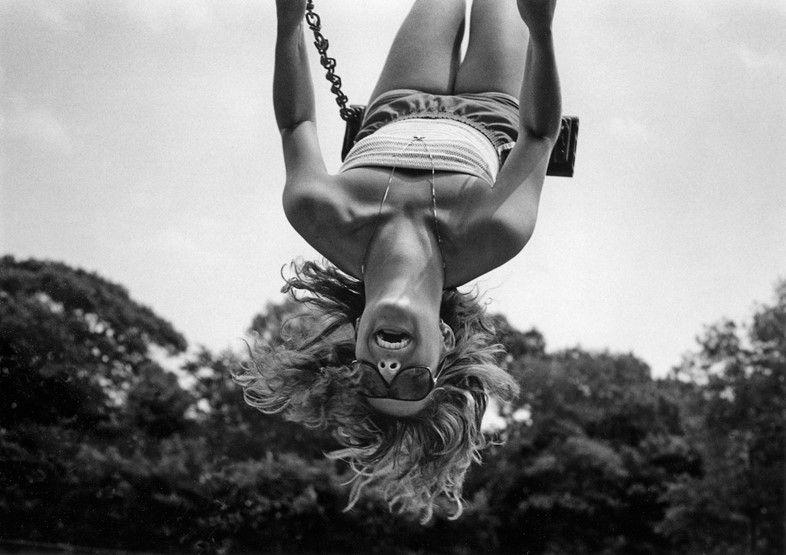
Many of the photographs have their own story that adds another layer of depth and connection to Szabo’s work. Pointing to the picture titled Deli corner, 1977, he says, “I’m in touch with Chris the guy in the picture. He’s a natural-born businessman. In fact, he and another student were the ones who set up the Rolling Stones concert in 1978.” Thinking back on that unlikely encounter that formed the basis for his 2015 book, Rolling Stone Fans, Szabo remembers, “They came to me and said, ‘Hey Mr. Szabo, want to go to a concert?’ I said, ‘Yeah, well, I think so. Where’s it going to be?’ He said, ‘Well, it’s in Philadelphia. But we don’t drive. Think you could drive us there?’ And I spent the whole day taking all these photographs of Rolling Stone fans. It was manna from heaven.”
Teens Unpublished by Joseph Szabo is published by Amusement Parking and is out now.
